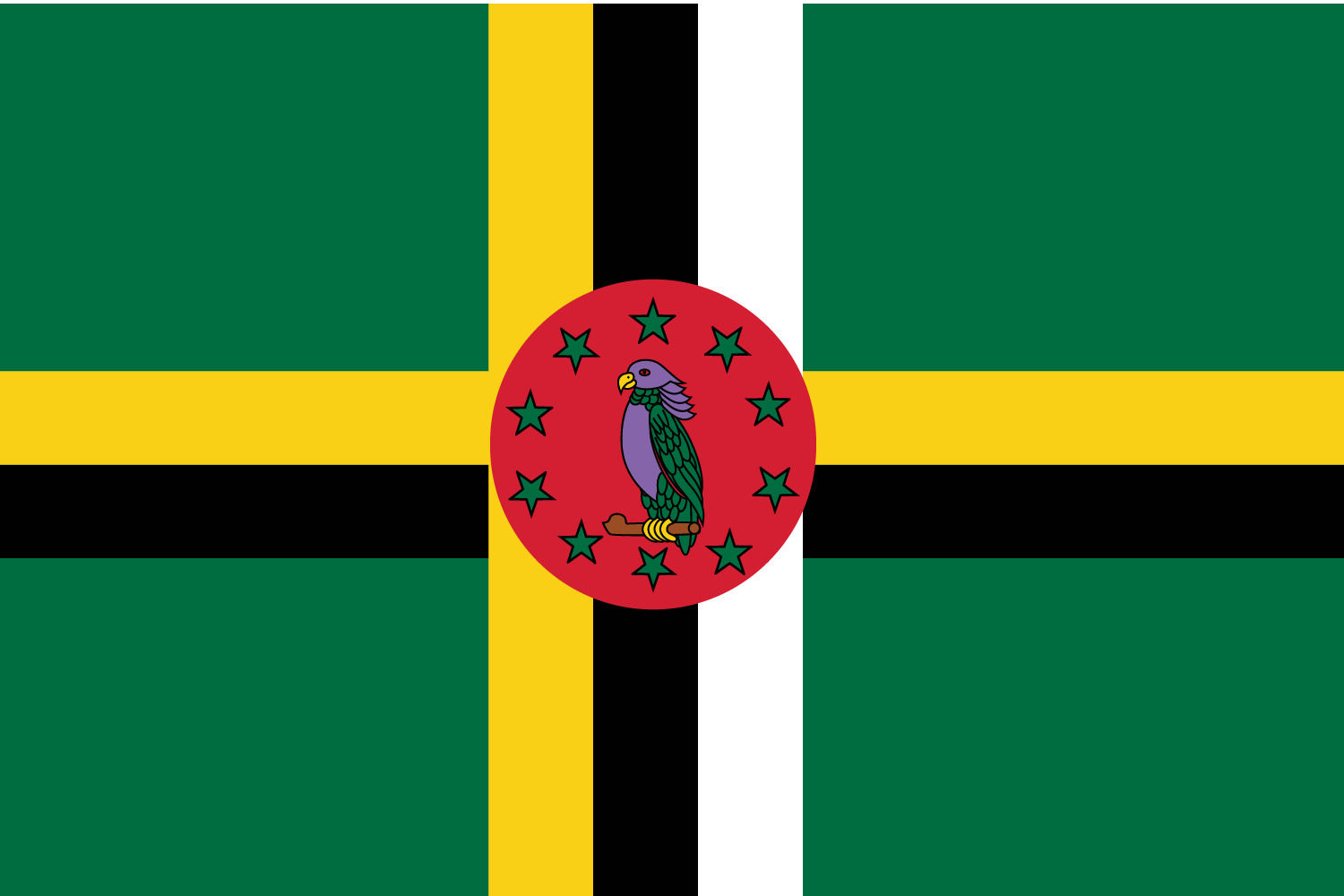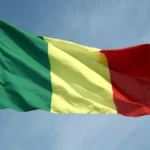
Welcome to the vibrant and picturesque island of Dominica, a jewel in the Caribbean with a rich tapestry of history, culture, and natural wonders. As we embark on a journey through 25 intriguing historical facts and numerical trivia about Dominica, you’ll discover the island’s captivating story — from the days of Christopher Columbus to its modern identity as the “Nature Isle of the Caribbean.” Join us in unraveling the unique characteristics that make Dominica a fascinating destination, from its lush landscapes and indigenous heritage to its commitment to sustainable development and global engagement.
Discovery and Settlement:
Christopher Columbus’s sighting of Dominica on November 3, 1493, marked the island’s first interaction with European explorers. Columbus, on his second voyage to the Americas, initially named the island “Sunday” in honor of the day it was discovered. However, Dominica’s rugged terrain and resistance from the indigenous Carib people delayed European settlement for several years, contributing to its unique historical and cultural trajectory.
Independence:
Dominica’s independence on November 3, 1978, symbolized the end of colonial rule and the beginning of a self-governing era for the nation. The date, coincidentally the same as Columbus’s discovery, holds deep historical significance, marking a transition to sovereignty and autonomy for the people of Dominica.
Size:
With an area of approximately 751 square kilometers, Dominica stands out as one of the Caribbean’s smaller nations. However, this compact size contributes to the island’s intimate and close-knit communities, fostering a unique cultural identity and a strong connection to the natural environment.
Population:
Dominica’s estimated population of around 73,000 people as of 2022 reflects its status as a relatively small and tight-knit community. This demographic size allows for a sense of familiarity and community cohesion, contributing to the island’s distinct social fabric.
Capital:
Roseau, as the capital and largest city of Dominica, serves as the political, cultural, and economic hub of the nation. Nestled between the Caribbean Sea and the lush mountains, Roseau’s historical architecture and vibrant markets showcase the country’s rich heritage and its blend of colonial and Caribbean influences.
National Symbols:
The Sisserou Parrot, featured prominently on Dominica’s flag as the national bird, is an endangered species found only on the island. Its inclusion in the national symbols highlights Dominica’s commitment to preserving its unique biodiversity and serves as a symbol of national pride.
Geography:
Dominica’s moniker as the “Nature Isle of the Caribbean” is aptly earned due to its diverse landscapes, including dense rainforests, volcanic peaks, and numerous rivers. The island’s geographical features contribute to its allure as an ecotourism destination, attracting nature enthusiasts from around the world.
Highest Point:
Morne Diablotins, standing at 1,447 meters (4,747 feet) above sea level, is the highest peak in Dominica. This imposing mountain not only offers breathtaking panoramic views but also stands as a geological testament to the island’s volcanic origins.
Volcanic Activity:
Boiling Lake, situated within Morne Trois Pitons National Park, is a testament to Dominica’s volcanic activity. As the world’s second-largest hot spring, this natural wonder attracts hikers and adventurers eager to witness the geothermal forces that shape the island’s dramatic landscapes.
Hurricanes:
Dominica’s vulnerability to hurricanes was starkly illustrated by Hurricane Maria in 2017. The hurricane’s impact was devastating, causing widespread destruction and underscoring the importance of resilience and preparedness in the face of natural disasters. The aftermath prompted significant efforts in rebuilding and strengthening the island’s infrastructure to withstand future storms.
Languages:
While English serves as the official language of Dominica, the widespread use of Dominican Creole, a French-based creole language, adds linguistic richness to the cultural tapestry. This linguistic diversity reflects the island’s historical ties to both the British and the French, enriching communication and cultural expression.
Commonwealth Nation:
As a member of the Commonwealth of Nations, Dominica maintains diplomatic ties with countries worldwide. This affiliation underscores the nation’s commitment to principles of democracy, governance, and international cooperation, contributing to its global identity.
Economy:
Historically, agriculture, particularly banana cultivation, played a pivotal role in Dominica’s economy. The island’s economic landscape has evolved, but its agricultural heritage remains a significant part of the national identity, with ongoing efforts to diversify and strengthen the economy.
Waitukubuli National Trail:
The Waitukubuli National Trail, spanning 185 kilometers, offers a unique way to explore Dominica’s diverse landscapes. As the longest hiking trail in the Caribbean, it attracts adventure seekers and nature lovers, providing an immersive experience of the island’s natural beauty.
Electricity Generation:
Dominica’s achievement of generating over 99% of its electricity from renewable sources in 2019 reflects a commitment to sustainable development. This noteworthy accomplishment places Dominica at the forefront of the global movement towards clean energy, showcasing its dedication to environmental stewardship.
World Creole Music Festival:
The annual World Creole Music Festival is a celebration of Dominica’s cultural vibrancy. Drawing international and regional artists, the festival showcases the island’s rich musical heritage, featuring a diverse range of genres deeply rooted in the Caribbean and African influences.
Catholic Influence:
With nearly 80% of the population identifying as Roman Catholic, Dominica’s strong Catholic influence is evident in its religious practices, festivals, and architectural heritage. This religious identity has shaped the cultural and social fabric of the island over centuries.
Carib Territory:
The Carib Territory, designated for the indigenous Kalinago people, represents Dominica’s commitment to preserving and honoring its native heritage. This semi-autonomous territory serves as a living testament to the island’s rich indigenous history and cultural diversity.
UNESCO Sites:
Morne Trois Pitons National Park’s UNESCO World Heritage designation acknowledges Dominica’s outstanding natural features. From the Boiling Lake to the Valley of Desolation, this protected area preserves the island’s unique geothermal wonders and contributes to global efforts in conservation and appreciation of natural diversity.
Rivers:
Dominica’s numerous rivers, including the famous Indian River, contribute to the island’s lush landscapes and provide essential resources. The Indian River, recognized for its scenic beauty, gained additional fame as a filming location for parts of the “Pirates of the Caribbean” movies, adding a touch of Hollywood glamour to Dominica’s natural allure.
Roseau Cathedral:
The Cathedral of Our Lady of Fair Haven of Roseau, constructed in 1730, stands as one of the oldest Catholic cathedrals in the Caribbean. Its historical significance extends beyond religious importance, serving as a cultural and architectural landmark that reflects the island’s colonial past and enduring spiritual heritage.
Education:
Dominica’s commitment to education is evident in its high literacy rate and compulsory education up to the age of 16. The emphasis on learning underscores the island’s dedication to empowering its citizens through knowledge and reflects a vision for a well-educated and informed society.
National Day:
Dominica’s National Day on November 3 holds a dual significance, commemorating both Christopher Columbus’s discovery of the island and its subsequent independence from the United Kingdom. This day serves as a unifying force, bringing together the historical narrative of the past and the celebration of the nation’s sovereignty.
Diving Destination:
Dominica’s waters are renowned for their exceptional diving opportunities, with sites like the Champagne Reef showcasing underwater hot springs. This unique underwater landscape attracts divers from around the world, providing a captivating glimpse into the island’s geothermal wonders beneath the waves.
Citizenship by Investment Program:
Dominica’s Citizenship by Investment Program offers a distinctive path to citizenship through financial contributions or investments. This initiative reflects the island’s proactive approach to economic development and global engagement, attracting individuals who contribute to the nation’s growth while gaining the benefits of Dominican citizenship. This program underscores Dominica’s position as a forward-thinking and open society in the Caribbean.








